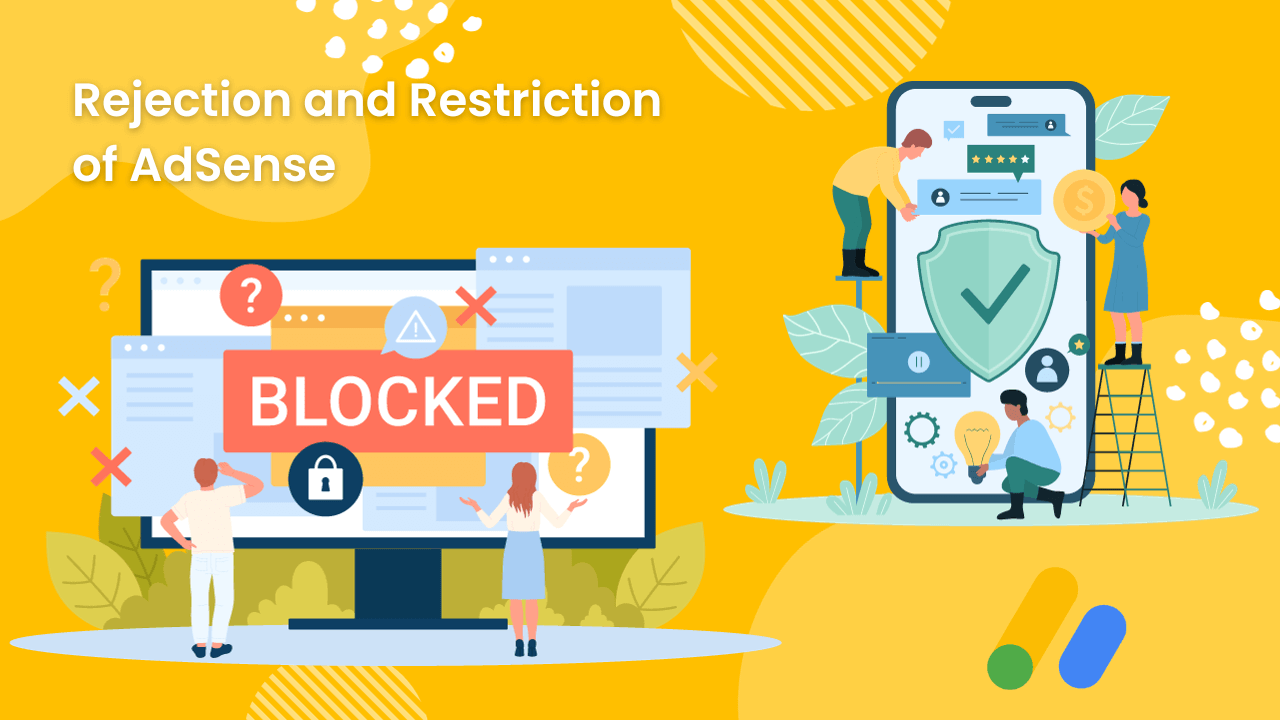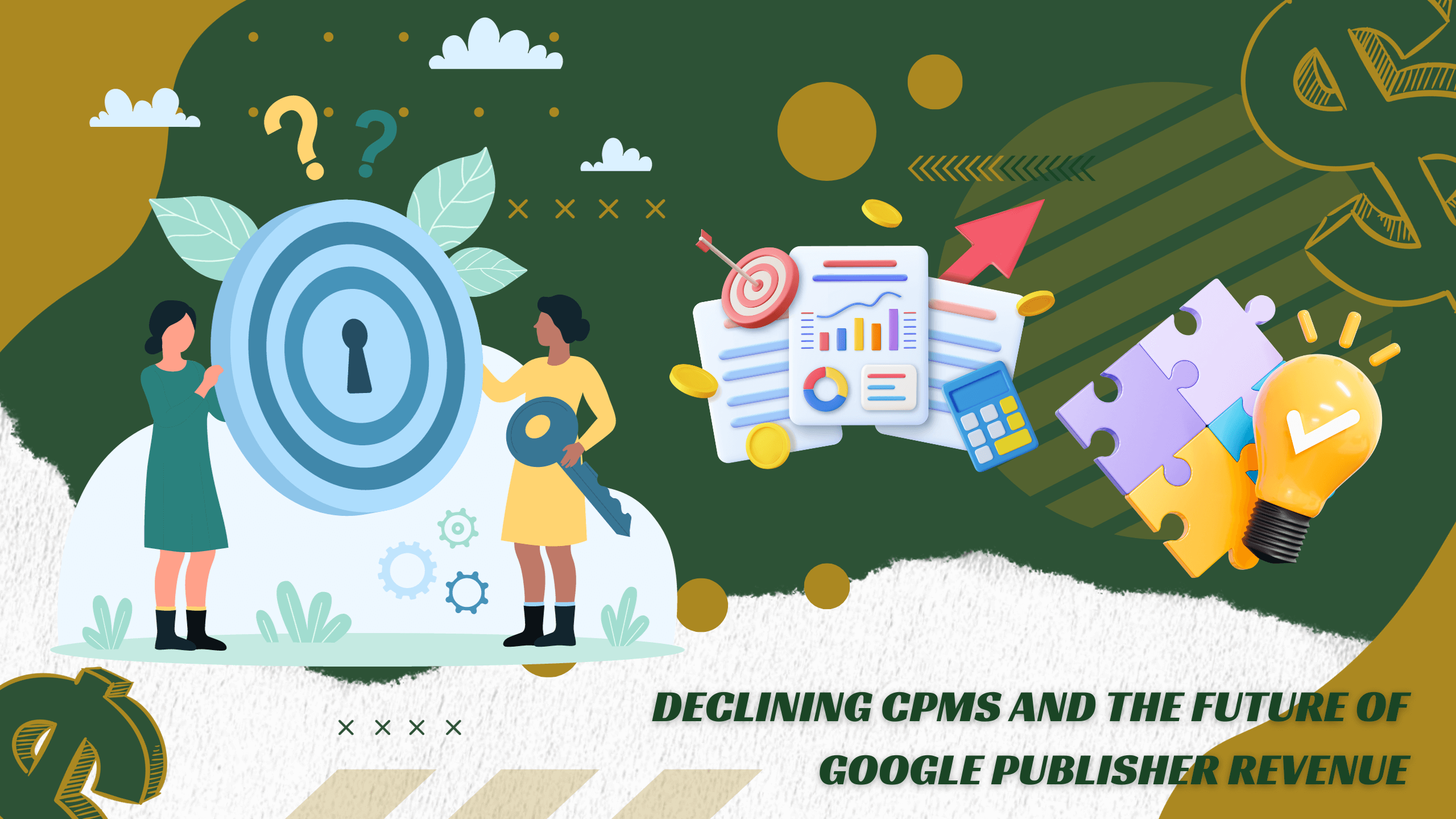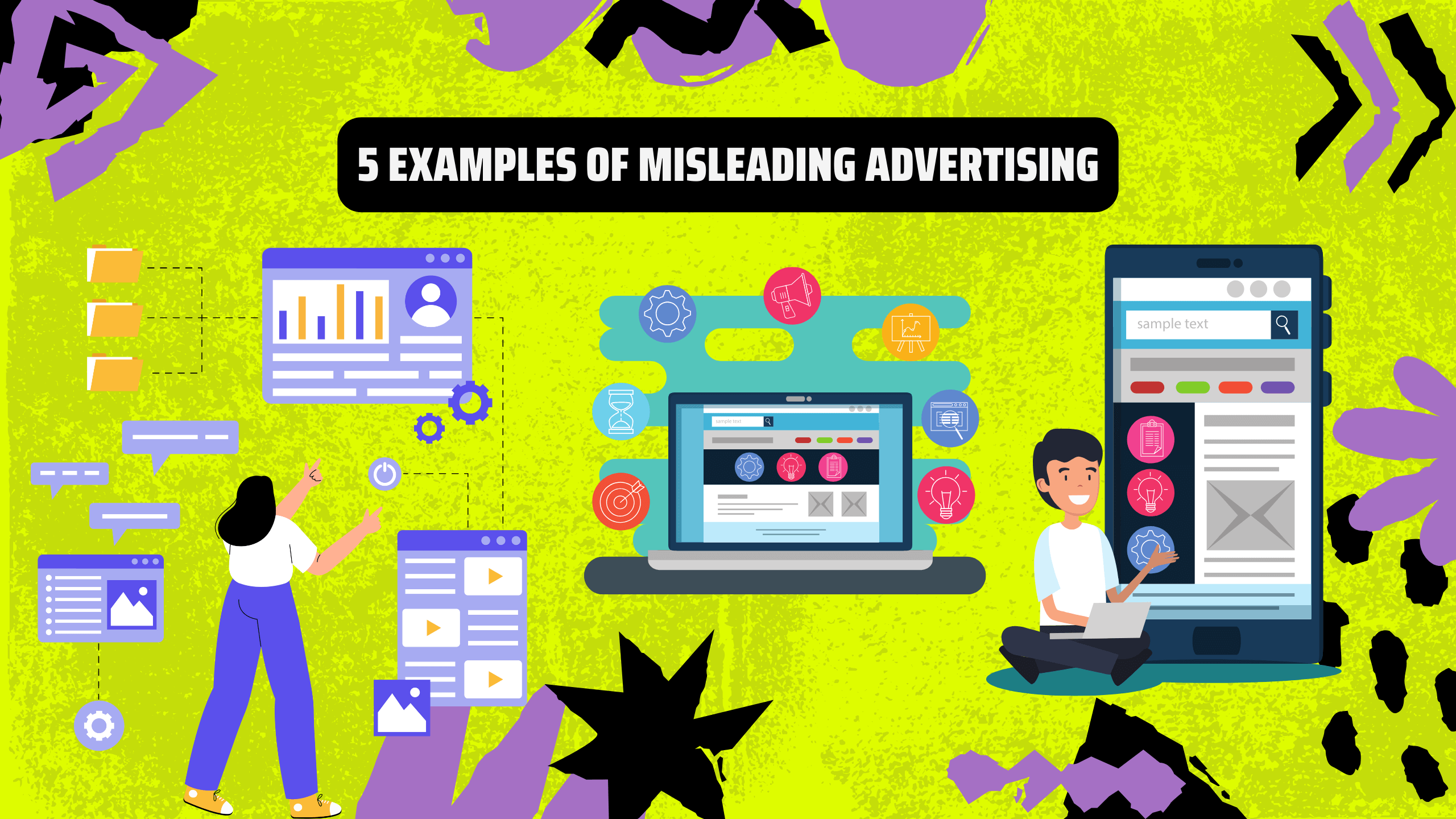Getting started with online advertising frequently entails using services such as Google AdSense. However, obstacles like limitations and rejection can make the journey less straightforward. We’ll explore the nuances of AdSense rejection in this tutorial, along with common causes, solutions, and publisher limitation management tactics.
Understanding AdSense Rejection
Google AdSense, a prominent advertising platform, connects advertisers with website owners looking to monetize their content. However, not every application is accepted. Rejections can occur for various reasons, including:
- Insufficient Content: Google often requires a substantial amount of original, valuable content on your website before approving AdSense. Thin or duplicated content can lead to rejection.
- Inadequate Design and Navigation: A poorly designed website or one with confusing navigation might not meet Google’s standards. A clean, user-friendly layout is crucial for approval.
- Non-compliance with Policies: Violating Google’s policies, such as those related to adult content, copyrighted material, or illegal activities, will result in rejection.
- Lack of Necessary Pages: Essential pages like About Us, Contact, and a Privacy Policy are crucial. Their absence can lead to rejection.
- Underage Website: Google has an age requirement for AdSense. Websites catering to children under 13 might not be eligible.

Overcoming Rejection
If your AdSense application faces rejection, there’s no need to despair. Follow these steps to address the issues and increase your chances of a successful reapplication:
- Begin with content enhancement: Elevate the quality and quantity of your content. Ensure it is original, valuable, and pertinent to your target audience. This not only makes your site more appealing but also aligns with Google’s content standards.
- Optimize Website Design: Refine the design and navigation of your website. A user-friendly interface that facilitates easy information retrieval contributes to a seamless user experience, increasing the overall appeal of your site.
- Commit to Policy Compliance: Conduct a comprehensive review of Google’s policies and implement necessary adjustments to ensure compliance. Remove any content that might violate these policies, demonstrating your commitment to maintaining a platform that adheres to Google’s standards.
- Incorporate Essential Pages: Establish crucial pages such as About Us, Contact, and a Privacy Policy. These not only enhance your site’s credibility but also fulfil Google’s requirements, showcasing a commitment to transparency and user trust.
- Age Verification: If your website caters to users under 13, consider adjusting your content or audience to meet Google’s age requirements. This step ensures that your website aligns with Google’s policies regarding age-appropriate content.
By diligently following these steps, you can address the shortcomings that led to the initial rejection and significantly improve your chances of a successful AdSense reapplication.
Understanding AdSense Restrictions
Apart from rejections, publishers might also face restrictions on their AdSense accounts due to policy violations or other issues. Common reasons for restrictions include:
- Click Fraud: Engaging in or encouraging click fraud can lead to immediate restrictions. Google has robust mechanisms to detect and prevent fraudulent activities.
- Invalid Traffic: An influx of invalid traffic, such as clicks or impressions generated by bots or automated systems, violates Google’s policies and can result in restrictions.
- Policy Violations: Repeated violations of AdSense policies, including but not limited to inappropriate content, can lead to restrictions.
- Malicious Software: Websites containing malware or engaging in deceptive practices can face severe restrictions.

Managing AdSense Restrictions
Navigating AdSense restrictions demands a thoughtful and strategic approach. The first step is understanding the violation that led to the restriction. Google typically provides detailed information in notifications, helping you pinpoint the specific policy or action in question.
Following this, conduct a comprehensive assessment of your content and website to identify any policy violations or issues. Correcting these problems is crucial; remove any content that doesn’t align with Google’s guidelines, ensuring your website meets the platform’s standards.
After making necessary corrections, the next step is to request a review of your website. Transparency is key during this process—clearly communicate the changes you’ve implemented and emphasize your commitment to policy compliance.
Considering the potential risks of relying solely on AdSense, diversifying your revenue streams is a prudent strategy. Explore alternative advertising platforms or monetization methods to create a more resilient income model.
Lastly, engage with Google AdSense support. The platform provides support channels for publishers facing issues. Actively seek clarification, communicate your challenges, and follow the guidance provided to effectively resolve any restrictions. By adopting these strategic steps, publishers can navigate AdSense restrictions with resilience and ensure a more robust online monetization strategy.
Conclusion
While AdSense rejection and restrictions can be disheartening, they aren’t the end of your online monetization journey. Understanding the reasons behind rejection, taking corrective measures, and navigating restrictions with a proactive approach can lead to a successful and sustainable online advertising strategy. Remember to continually adhere to policies, provide valuable content, and explore diverse revenue streams for a resilient and prosperous online presence.










